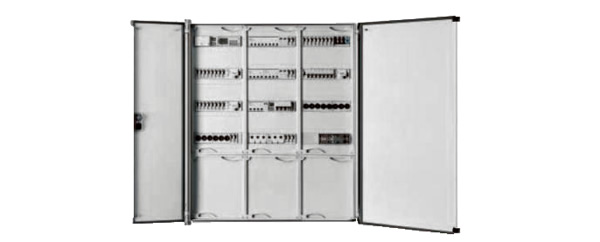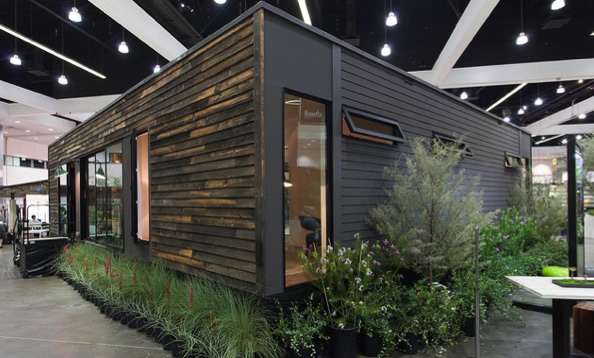 By Jesús Arias García, KNXin.
By Jesús Arias García, KNXin.
I know quite a few systems integrators and distributors who aim to deliver modular solutions. This is very interesting, for various reasons. Modular systems can be replicated, which means less effort, and the procedures involved can also be replicated. Costs can be reduced, which helps the penetration of the technology, and the solution will be tried and tested, which results in a bug- and hassle-free installation.
Currently, this approach is typically used when offering packages for apartments or hotel rooms. For example, a package could be proposed that consists of several switching actuators and other KNX components, as follows:
4 x roller blinds.
12 x lighting circuits (switched).
4 x lighting circuits (dimmed).
2 x LED drivers.
2 x locker strikers (door access).
1 x IP interface.
A distribution board ready to accommodate the above is quite easy to design, wire and pre-program. An ETS project could also be offered with the group addresses in place and the communication objects linked. This way, a systems integrator would only need to put the right sensors, such as push buttons, presence detectors and intercom, in place, saving time in the distribution board design and programming. This means that even people with lower skills in ETS could still do the KNX installation.

Modular Approach
For some reason, it appears that nobody has successfully achieved this modular model on a large scale. There may be various reasons for this, some of which are related to the lack of B2C marketing and plug ‘n components covered in my article last month < https://www.knxtoday.com/2015/03/5664/business-should-we-be-marketing-knx-b2c.html>.
Another reason could be that we are not thinking on a sufficiently grand scale. Perhaps it should not be the installation that is modular, but the whole house! I was amazed when I found a company that is providing LEED-certified modular houses. This could be an ideal environment in which to include KNX, as it would result the following benefits:
• Simpler electrical wiring.
• Easy upgrades and/or connection with other modules.
• Energy efficiencies.
• Modernity and control from mobile devices.

In the book ‘KNX for LEED’ we presented an interesting idea that would pair very nicely with this modular concept: the option of upgrading the ‘software’ of the house in order to improve the efficiency, as if it were a computer. Data could be collected and analysed from the modular house in order to increase performance etc.
While ideas such as this may be a little far-fetched, they serve the purpose of grabbing attention. Imagine, for example, if the concept cars at the Detroit Auto Show were exactly like the ones already circulating in our streets. People would be disappointed. They know that those concept cars would be very difficult to manufacture on a large scale, but they define the lines and technology of the next generation. They are concept cars. And these ideas are concept homes.
This is not an isolated trend, and different companies from different sectors are experimenting with this modular concept. Another good example is Starbucks and its initiative of recycling containers into coffee shops.
Selling KNX in Unexpected Ways
The fact that the housing market is changing is not a secret, but are we on the cusp of a revolution? When you are inside a particular moment in history, it is sometimes difficult to step outside and see the whole picture.
If we want to make KNX even more successful, we need to think outside of the box. Many popular inventions are simply the outcome of applying something that exists already to another market and/or environment. Perhaps we need to take KNX into sectors that nobody has thought of before.
If the CEO of SpaceX and Tesla Motors, and chairman of SolarCity, Elon Musk´s view of the future way of distributing electricity ends up happening, cities and mobility will never be the same. If electric cars become popular in the near future and they are able to draw electricity from the grid but also put it back into the grid, electricity distribution (and consumption) will change drastically.
The ‘KNX city’ concept tells us that we need to prepare the market for such upcoming events, even if they are unknown. Creating concepts is not something people do for fun, and many will never evolve into something tangible, but they do provide the foundations for different organisations and bodies to identify potential developments and plan for the future.
To predict correctly may be difficult, but I believe that it is better to lead than to follow!
Jesús Arias García is a freelance Engineering Consultant for KNXin, a consultant engineering firm specialising in KNX technology and green buildings. His co-authored book ‘KNX for LEED‘ is available through MyKNX as well through Amazon.












